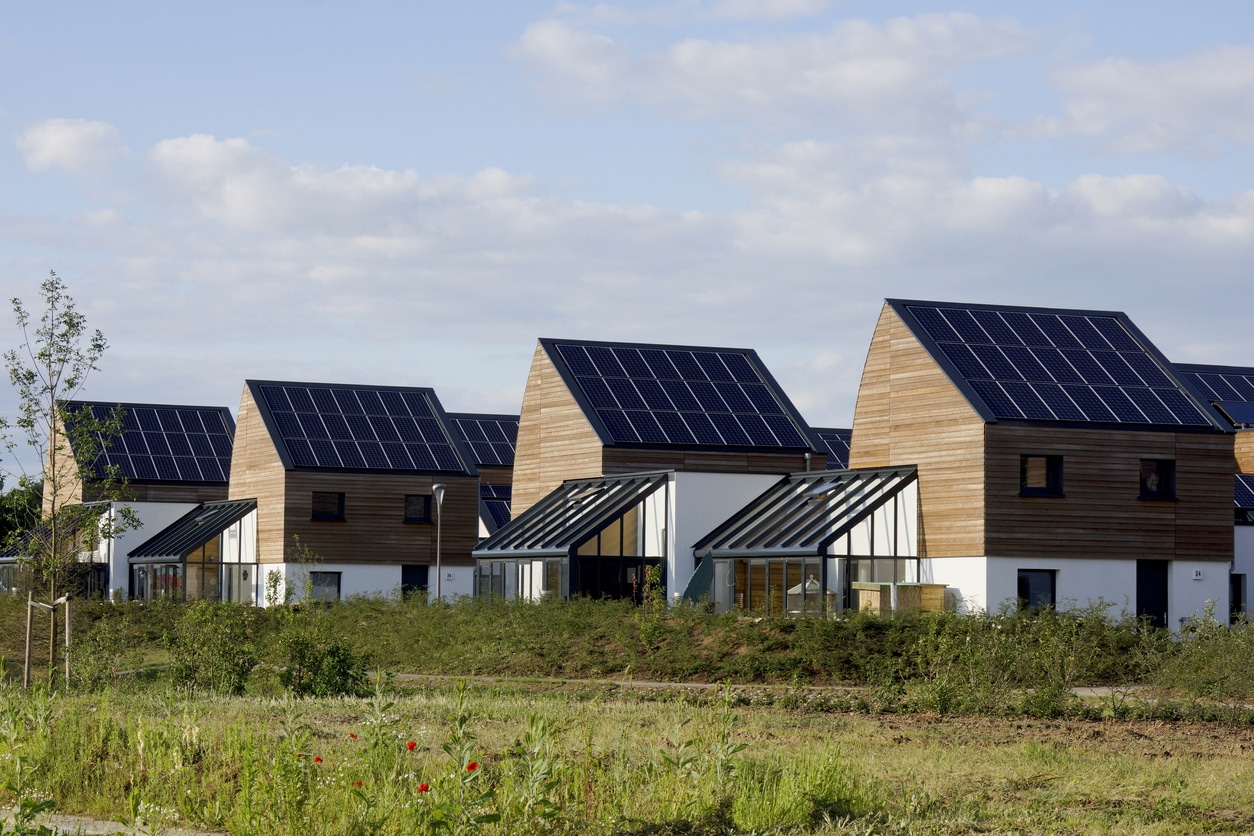
Why Installing Photovoltaic (PV) Systems on All Roofs May Be the Key to Limiting Carbon Emissions in 2024
Solar panels have been the primary clean energy sources for residential and commercial buildings alike for years now. Although they have proven reliable, they haven’t always been affordable and accessible. Fortunately, a new development in solar energy could solve these problems — photovoltaic (PV) systems. Here’s why installing them on all roofs may be the key to limiting pollution in 2024 and beyond.
PV Systems Are More Efficient Than Ever
Photovoltaic technology is just one of the latest additions to solar energy systems. While older panels only produce power from direct sunlight, PV panels convert thermal energy — a fancy word for heat — into electricity. They can also capture a wider range of light sources, including infrared light.
This single addition allows solar panels to create electricity at unprecedented levels, but that’s not all. Some of the latest PV panels can also maximize their light exposure by rotating with the sun as they move, allowing solar energy systems to increase their production by 40% compared to standard panels.
How do PV roof systems reduce carbon emissions? By generating electricity from organic sources — light and heat. Their energy production is 100% clean and doesn’t pollute. Meanwhile, traditional power sources in the electricity sector like oil, natural gas and coal account for 25% of greenhouse gas emissions in the United States.
Increasing Affordability
PV systems make solar energy more affordable to lower-income households with new financing options. Property owners can claim a 30% tax credit from their solar panel installations, which applies to all projects initiated before Jan. 1, 2033. Home equity financing, government loans and contractor loans are also available in greater numbers.
This technology has improved solar affordability by lowering the system’s maintenance costs. Not only are they more efficient, but they’re also more durable. The only moving parts are the rotating pieces — everything else is a solid-state design. PV panels can tolerate any weather conditions and have an operational life span of 30–35 years.
Solar power also offers great long-term savings on your monthly utility bill. However, the amount of money you save depends on your electricity consumption. The size of the PV roofing system and its energy output are also key factors, but it ultimately comes down to you committing to a zero-waste lifestyle and using the system responsibly.
PV systems can even add significant value to your property in many ways. Homes with low utility costs and carbon emissions are in high demand among homebuyers. For example, you can use solar heating to keep an in-ground pool warm, which helps add 5%–8% to the property value.
Suitable for All Environments
Another reason why PV roofing systems might be the key to limiting carbon emissions is their versatility. They’re suitable for all living environments — older systems require a sunny climate to function properly, but PV systems can work in any space with ample sunlight or heat.
The standard PV solar cell is only 6 by 6 inches. Most rooftop installations have at least 60 of these cells, but smaller residences can use fewer if they don’t have the space. This adaptability allows developing communities worldwide to have their own small solar energy sources.
PV systems can also seamlessly adapt to commercial buildings, helping businesses whose employees value eco-consciousness create a better workplace culture by committing to sustainable practices. Many organizations have invested in PV roofing systems to lower their carbon footprints and raise awareness for green energy technologies.
The Next Step Toward Zero Emissions
PV panels make solar energy more efficient, affordable and accessible than ever, and reduce carbon emissions for homes and businesses alike. This technology will help humanity take the next step toward the goal of zero emissions in 2024 and you should look forward to even more advancements in the coming years.



Post a comment